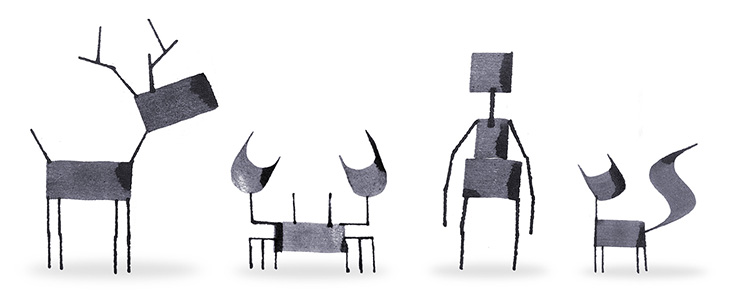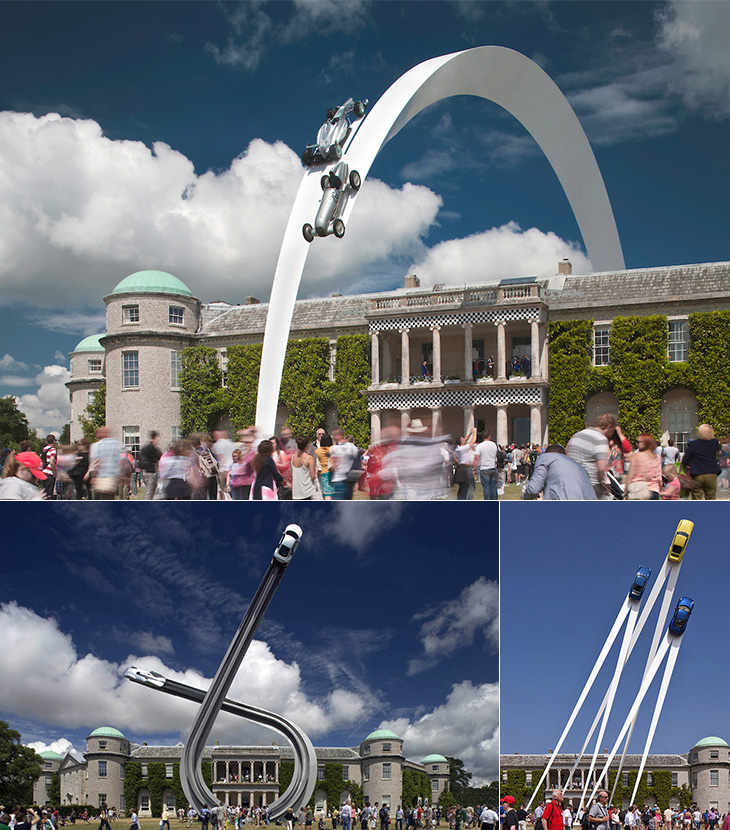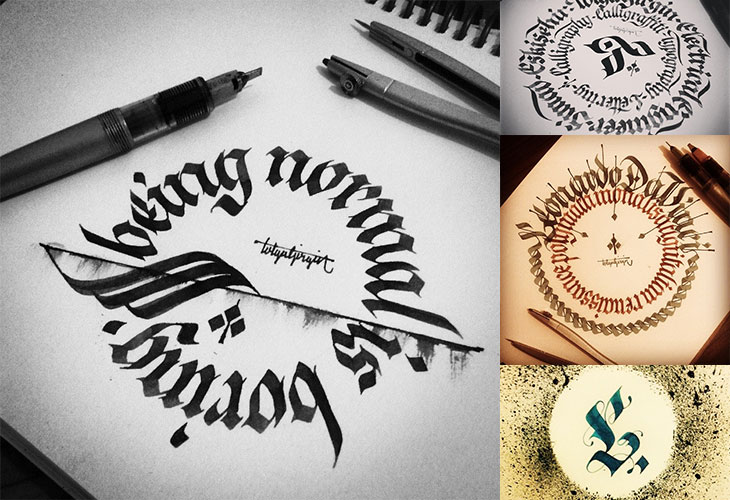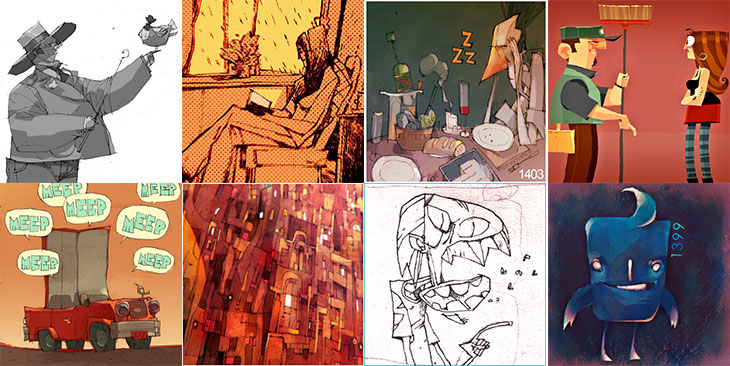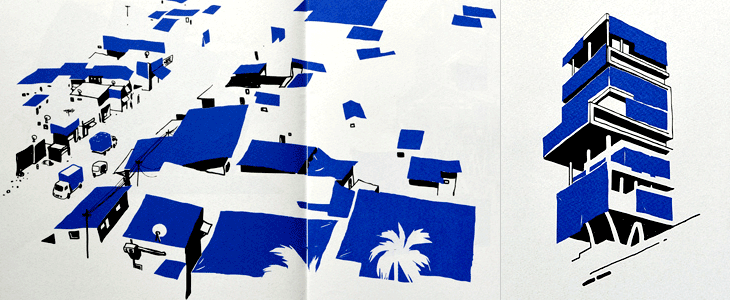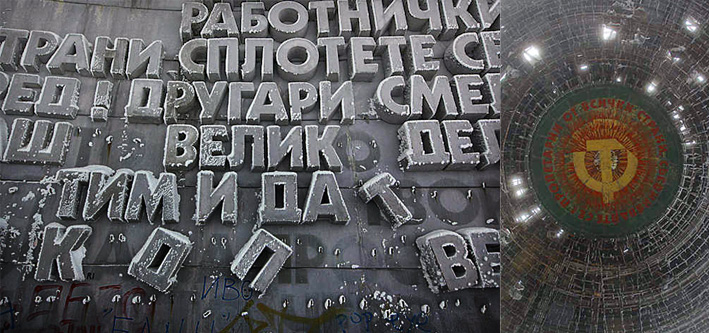I could look at these illustrations all day. They’re for a press and outdoor campaign promoting the Schusev State Museum of Architecture. Compositionally they remind me of that iceberg image, which seems appropriate given the brief to show the history of architecture going much deeper than the buildings you see. The quality of the modelling and illustration is excellent and are well worth looking at more closely in the larger images. I think the sketch images included on Behance and Design You Trust are nice, but (somewhat unrealistically) I’d love to see all the discarded sketches and roughs they made along the way, I bet there are loads of good, interesting ideas that didn’t make it through. The extended buildings (The Bolshoi Theatre, Moscow State University¹ and St Basil’s Cathedral) look amazingly plausible, if a little reminiscent of something Nicolae Ceaușescu might have actually tried to build². The Moscow State University one is already a high-rise building so perhaps looks the most likely, if rather Gotham-esque. The St Basil’s one is just astounding.
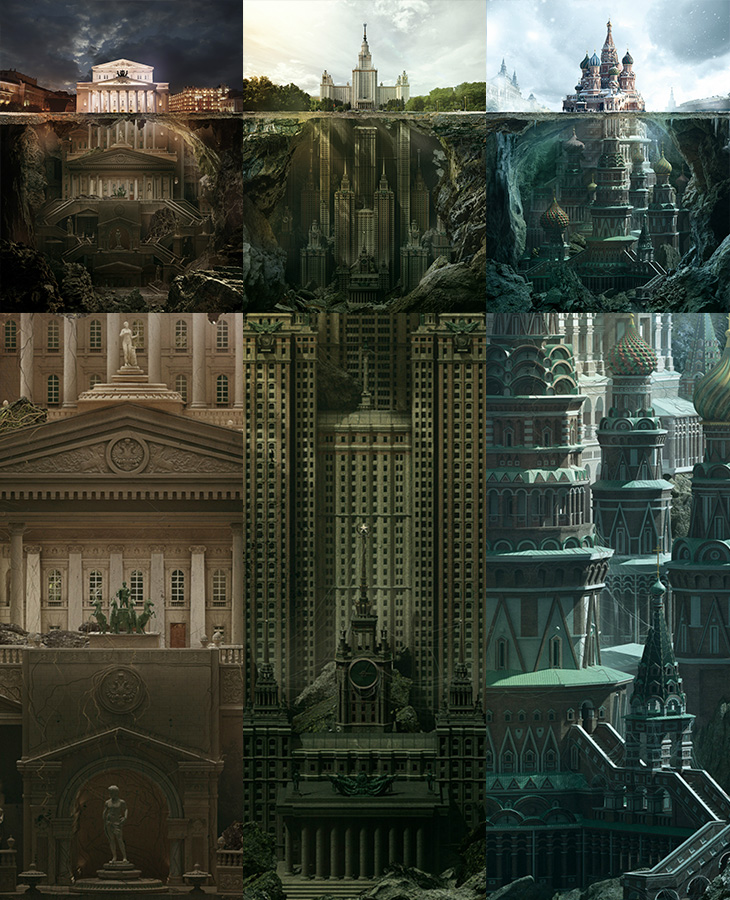
As mentioned above, there’s a load of who-did-what information and bigger images on Behance and Design You Trust (where I first saw them), and a zoomable set of images on Carioca Studio’s site too.

